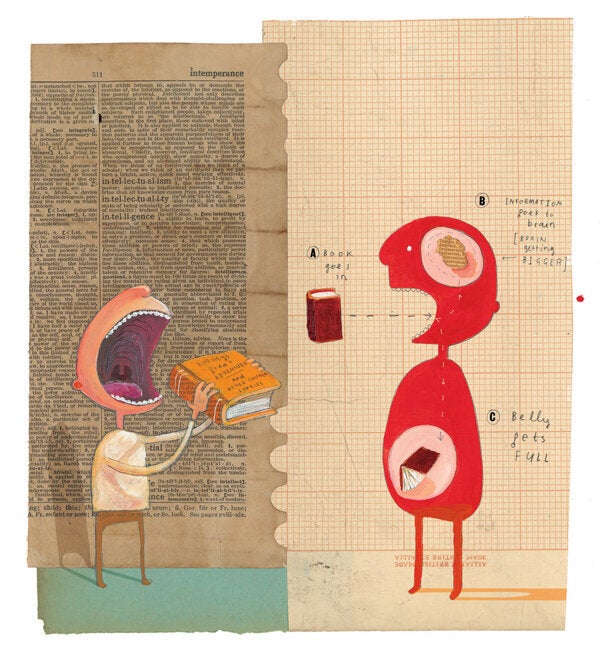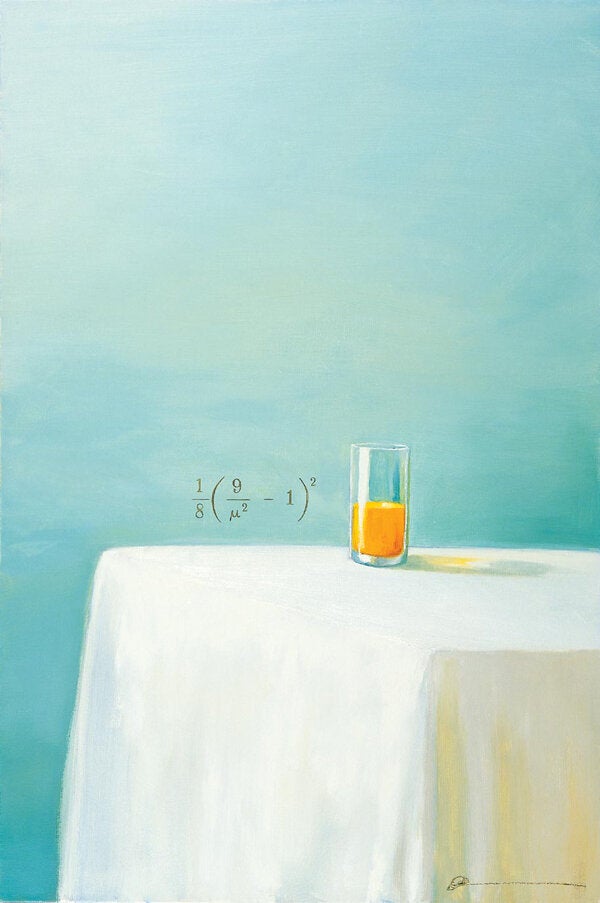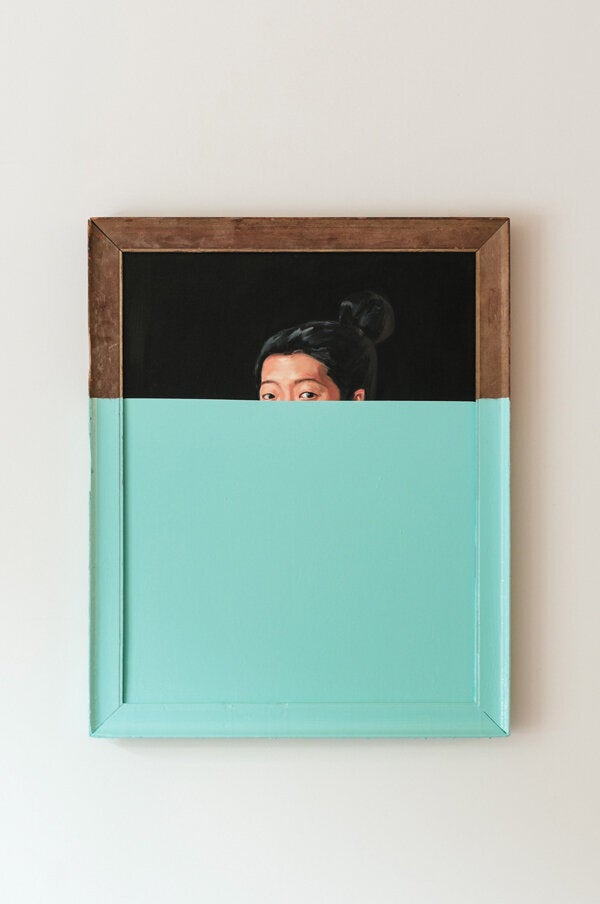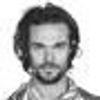I've always been a very visual thinker, problem solver and storyteller.
I have grown up this way, and always knew I wanted to make art for a living. I make two very distinct types of visual work, and although this was an accident, I can distinctly dissect how the separation occurred.
Firstly I strove toward being a painter, and much of my early painting focused on trying to use the canvas to hint at some sort of narrative; either the beginning, the middle or the end of some story.
I grew up in Belfast, Northern Ireland, and so storytelling was a very important part of my cultural upbringing. I was surrounded by good stories and good storytellers.
At an early stage, I began putting words over the top of these images, both as a visual device to anchor the eye, but also as a way to conceptually enhance the story, by either contrasting or complimenting what was happening. I realized there was a lot to explore in this relationship between words and pictures, and it was a relationship that fascinated me.

Everything changed when the concepts and narratives I was trying to execute began to outgrow the confines of the canvas. At first I experimented with making a series of inter-related, but independent images, but when a friend suggested I look toward picture books, the change really ignited with the realization that this may be the perfect playground for word and pictures to interact. Better yet, a picture book needed a beginning, a middle and an end, rather than just one, and suddenly the art of all the stories I'd been told and I had heard growing up, came full circle and engulfed me. I knew how to tell a good story. Picture books seemed a very natural fit.
Another change occurred when I realised that, because my urge to tell stories seemed to be fully satisfied by making picture books, my paintings started to go in a different direction, as even after I began publishing picture books, I never stopped practicing as an artist.
The words and narratives started to drop away from the paintings I continued to make. I'm a curious person. I grew up that way. An important lesson my dad taught me was that the surest sign of intelligence in an individual, is curiosity, and that 'why' is the most important word in the English language.
After a conversation with an engineer about how strange it seemed to them that there was no right and wrong in art, whereas in engineering things either fit or they didn't, I became fascinated with these two seemingly polar opposite ways of understanding our world; emotionally and clinically.

In order to show a visual difference between the two approaches, I decided to make a classically figurative painting that had a mathematical equation over the top of it. The equation I chose showed the refraction of light and was supposed to serve as the light source in the painting, a still life.
But the Quantum Physicist who bought the piece saw much more in it than that, and told me as much in the first of many meetings where we discussed art, science, philosophy, their similarities, their differences, and how quantum physics is perhaps the purest form of curiosity toward understanding our world. These conversations culminated in a collaboration of sorts, where the Quantum Physicist paired equations with a series of paintings I made.
I have really been making art about curiosity ever since: how things fit or don't fit together, the systems we employ to measure things, the gulfs between polar ends of reasoning; about trying to understand our world. Recently I have become fascinated with making work only to hide or obscure it - whether with frosted glass, scribbles or typography on top of a canvas, or even dipping the finished work, frame and all, into a vat of brightly coloured enamel paint, forever removing the ability to be able to see the painting beneath - even though it is still there.

At one point, not long after the fork in the road had appeared, and when trying to decide whether to take the road of art, or of picture books, I remember thinking that I would just take both until someone told me I couldn't and that I'd have to choose one. I suppose they never have, and if they did now, I simply wouldn't listen.

Oliver Jeffers: Nothing to See Here will be running at Lazarides Gallery from 13 September until 3 October
